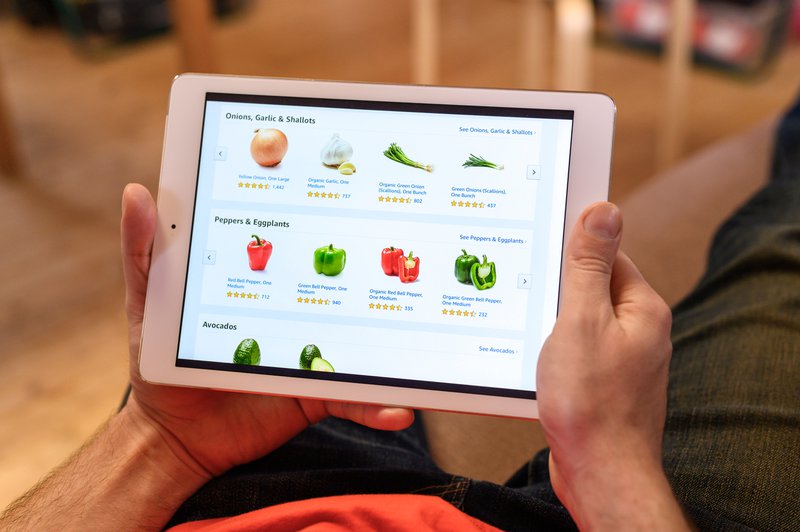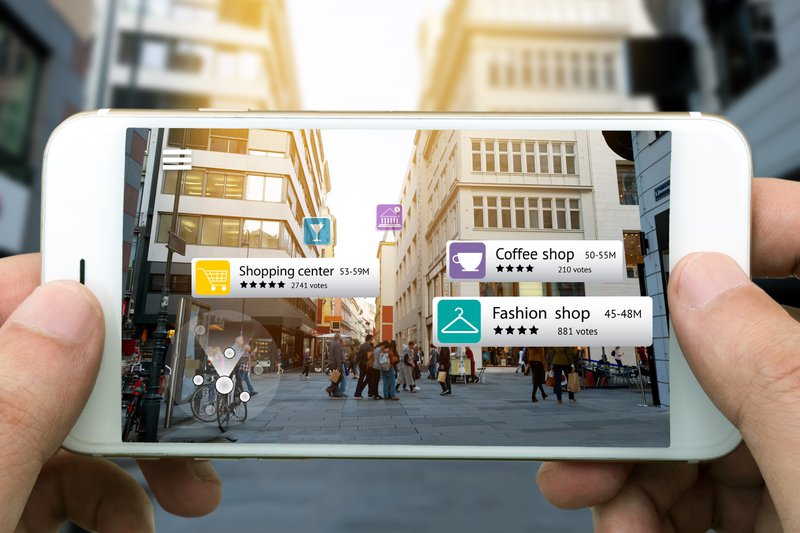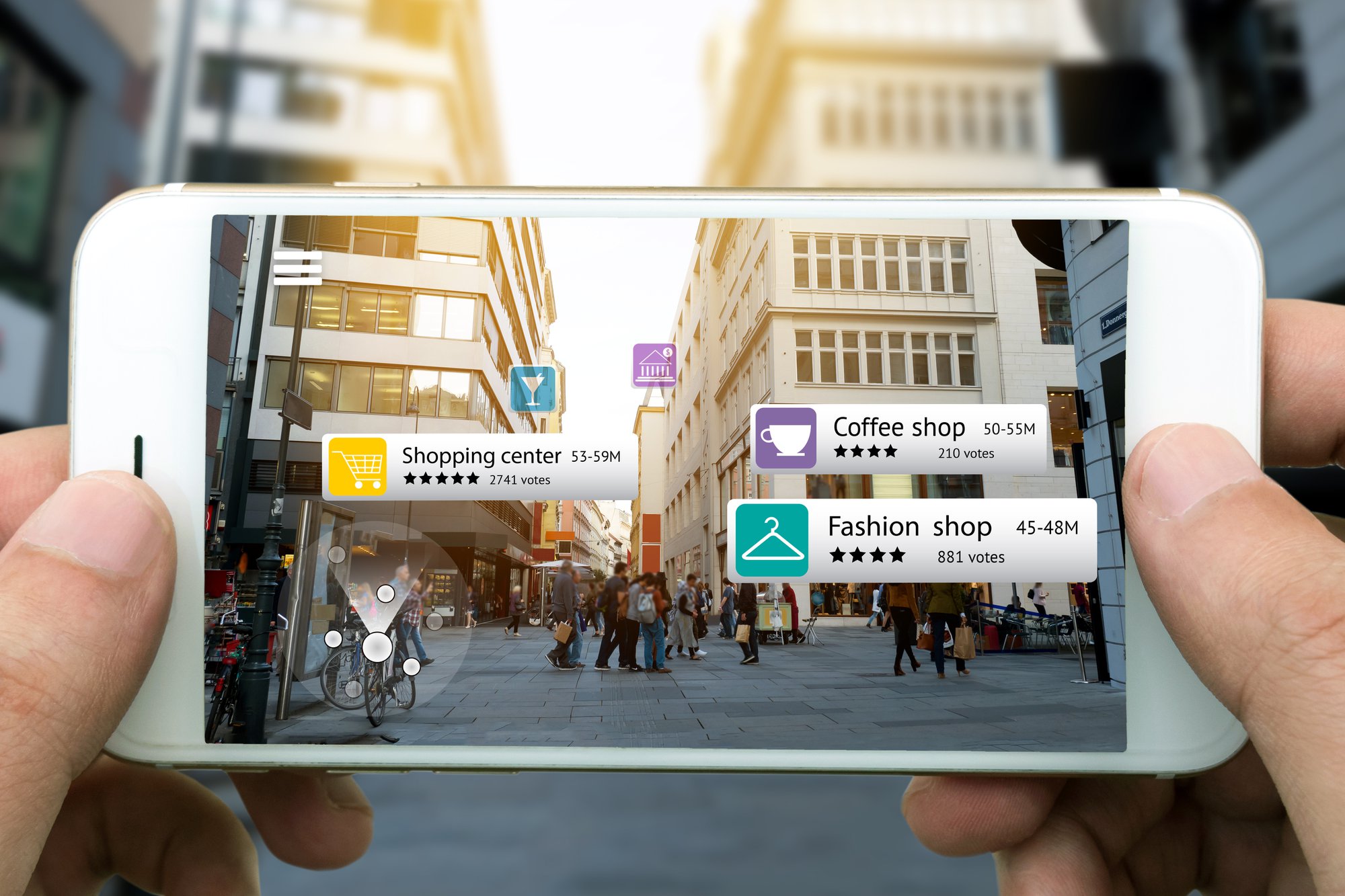For both brick-and-mortar and online shops, including virtual merchandising, appearances matter. Even though some customers may arrive knowing what they want to purchase, first-time visitors might browse without the intention of buying anything.
Theresa Zobrist is President and CEO of Zobrist Software Group Inc, the developer of Smart Merchandiser. The software helps online retailers manage their storefront inventory so that customers can view everything the store has to sell.

Smart Merchandiser also helps ensure that store workers stay updated on each item’s sales performance and availability. Recently, Ms. Zobrist took the time to sit down and share her thoughts on the future of visual merchandising.
What Are Some Little-Known Tips or Best Practices to Help Store Owners Do Virtual Merchandising Effectively?
After decades of dominating the digital commerce game, Zobrist advises, “Store merchandisers looking to improve their method of choosing which items to place on the front page or deciding the order of products to display should utilize the data they have.”

She recalled a conversation she had with a few store managers who’d been using Zobrist software for years. Even they hadn’t fully understood the full power of Zobrist’s applications, especially for virtual merchandising.
“During the conversation, I told them that we could bring analytics and social data into the software. They helped provide additional information that gave better insights into how each product sells, which SKUs are more popular, and which ones go out of stock faster,” she said. With this information, you can easily decide which products and SKUs to feature in your storefront.”
In addition, Zobrist also advises users to use automation features found in visual merchandising software.
“Use automation features to sort your products into relevant metrics, such as available stock or best-selling items,” she suggested. “Once you set the sort criteria, the software can update the storefront automatically and show the items you want to display.”
What Are Some Common and Easy-To-Avoid eCommerce and Visual Merchandising Mistakes and How Can We Avoid Them?
Zobrist noted that many merchandisers and store managers, both for physical and virtual merchandising, forget to check their product inventory before deciding on which items to feature.

“Merchandisers sometimes forget to check inventory. If the majority of your customers buy what they see on your front page, you need to make sure that there are no out-of-stock items on display. This can inconvenience buyers who would get excited at first but would have to deal with the disappointment,” she said.
Additionally, some buyers will have to search further to check for available items, but maybe in different sizes or colors. Zobrist notes that this is a common but easy mistake to commit.
“Always check your inventory and make sure your display matches the items that are available,” she advised. Virtual merchandising programs such as Smart Merchandiser can automatically sort items by availability.
You can even activate notifications to know when an item or SKU’s stock is running low. Better yet, you can insightfully adjust your visual merchandising displays to prevent shortages entirely.
What Are the Challenges Store Owners May Face When It Comes to Virtual Merchandising?
According to Zobrist, one of the biggest visual merchandising challenges store owners face is synchronizing the merchandising of their brick-and-mortar branches with their online store.

Many buyers still prefer physical stores when buying cosmetics and clothes (at least for the first purchase). These stores allow them to try on products or fit them before purchasing.
The challenge for online store visual merchandisers is to make buyers feel confident enough to make their first online purchase.
“As a merchandiser, it’s frustrating if you can’t duplicate your physical store’s success to your online store, and vice-versa. Similarly, customers should have an enjoyable customer experience (CX) online shopping or visiting a retail store. They should be able to easily find the items they want in the size or color they need,” she explained.
Right now, very few tools can help duplicate the CX for both physical store and online store customers. Zobrist hopes to add more customer experience functionality to future updates of Smart Merchandiser to fill this gap.
What Do You Think About the Latest Developments in the Space, Such as Omnichannel or Phygital, Artificial Intelligence (AI), and Augmented Reality (AR)?
Virtual Reality (VR) and Augmented Reality (AR) are great at pushing the frontiers of online retail. We’ve seen a lot of news cropping about companies using AR to simulate the experience of fitting rooms and VR to create custom-designed products.

“We hope that VR and AR technologies continue to improve the customer experience further. For example, they can help develop a better online store appearance that closely resembles their brick-and-mortar counterpart. This way, the online customer experience can become more in sync with their real-world versions,” Zobrist said.
What Trends Can We Expect With Virtual Merchandising in 2023 and Beyond?
Any improvements in online retail should focus on making the customer experience better. Since the pandemic started, more and more people have been going online to buy groceries, clothes, toys, and equipment.
Improving the CX means having an easier time browsing items, customizing orders, and checking out purchases. In addition, stores should utilize artificial intelligence and machine learning to look into a customer’s history to provide automated assistance such as preselecting preferred sizes or colors. AI can also optimize this data to make timely upsell or cross-sell recommendations.
Moreover, Zobrist notes that even as social media platforms evolve, they’ll always hold major influence over people’s purchase decisions. This is why your visual merchandising tools must include social media analytics that track customers’ preferred brands or products across their social media accounts.
Smart Merchandiser Bridges Virtual Merchandising’s Present and Future
Zobrist Software Group Inc’s Smart Merchandiser is a revolutionary visual merchandising software that optimizes your online storefront.
Instead of manually tracking and arranging individual products and SKUs on your online catalog, Smart Merchandiser can perform this task by simple drag-and-drop or via automated sorting. By automating your visual merchandising tasks via Smart Merchandiser, your online store can experience a 70% boost in productivity and a 20% rise in revenue.
Learn more about how Smart Merchandiser can make your visual merchandising tasks much easier and more efficient. We’ll be happy to sit down and discuss how we can help your business reach new sales and marketing heights with Smart Merchandiser–get started today!



